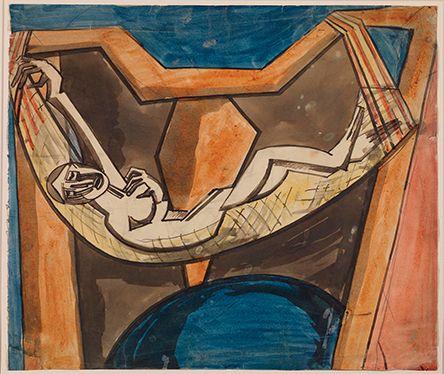Today, the Smithsonian’s Hirshhorn Museum will launch the opening of “Pat Steir: The Color Wheel,” the artist’s largest painting installation to date. Spanning the entire perimeter of the Museum’s second-floor inner-circle galleries, and extending nearly four hundred linear feet, the installation of new paintings will transform the gallery into a spiraling spectrum of color. We were lucky enough to visit Steir in her studio as she prepared for the exhibition, to watch her work and to speak with her about her beginnings, her inspiration, and her thoughts on gender in the art world.
Watch the video below to join us on our studio visit, which was produced with the support of Kering, a global luxury group committed to the empowerment of women on the occasion of the Great Women Artists book and limited-edition portfolio. The book, published by Phaidon, features 400 artists over the last 500 years. Here’s what it had to say about Pat Steir:
“In the 1970s, Steir grappled with representational art, her paintings depicting crossed-out roses and other symbols. The late 1980s heralded a shift in approach, influenced by her individual friendships with the Minimalist artists John Cage (1912–92), Sol LeWitt (1928–2007) and Agnes Martin (p.265). Embracing Cage’s reliance on chance, LeWitt’s interest in systems and Martin’s insistence on inspiration, Steir began making her signature ‘Waterfall’ paintings. Climbing a ladder, throwing paint onto the canvas and then allowing gravity to take its course, her practice superficially resembles that of Jackson Pollock’s (1912–56), yet Steir’s gestural paintings are not rapidly executed. Profoundly inspired by Taoist philosophy and Asian painting traditions, the dynamic and lyrical qualities of her paintings derive from precise rituals and respect for process as much as from accident and serendipity. Delicate curtains of spray descend from horizontal bands of white over a dark ground, embodying an elemental sense of time’s passing, yet they are ultimately frozen and suspended, the luminous cascades and filigree-like drizzles transformed into objects of contemplation. These harmonious compositions suggest an internal, meditative state of mind in which the viewer is invited to partake.”
Without further ado, Steir in her studio:
[gwa-module]
































